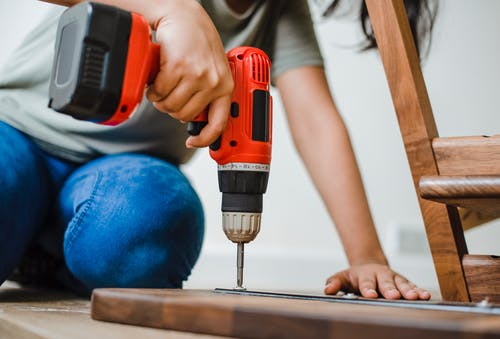
How to Refrain From Having Plumbing System Difficulties
Since the majority of water supply and drain lines are concealed behind walls or in under-sink cabinets, it’s easy to overlook water lines as usual until there’s a problem. Plumbing issues are common and can be unpredictable. Damage to your home caused by a malfunctioning plumbing system should be addressed immediately to prevent substantial damage that could increase costs for restoration.
If you’re having issues with your plumbing system that interfere with your day-to-day operations, you’ll understand the importance of a reliable plumbing system in your business or home. Plumbing issues can come in many shapes and sizes, and each one necessitates the use of a specific method for solving their problems and preventing them from recurring.
Exit from Plumbing Problems
A variety of plumbing maintenance procedures will aid you in avoiding these problems and also save cash on repairs and replacements should they happen. To live your life to the fullest, this article will show you how to prevent frequent plumbing issues by following these suggestions.
1. Leaking Faucets and Pipes
Flooding isn’t usually due to ruptured pipes. Pipes could break and leak, causing devastating water damage to your home’s plumbing system and structural strength. Silent leaks waste hundreds of gallons worth of water every year, resulting in significant water bills.
The normal wear and tear can be challenging to prevent. Reducing wear is as simple as turning taps slowly and staying clear of pressure from the handle. Leaky pipes are tough to fix, but regular inspection may help. Look for little drippings. White lime or visible corrosion deposits are signs of leaks.
If you have property damage caused by either fire or water, you need to get in touch with a reputable company like PuroClean of Boerne. Immediate remediation and restoration can make a huge difference when it comes to cost and the headache it can bring.
2. Clogged Toilet and Drains
Hair can block drains and showers; however, a shampoo lid or tiny toys can obstruct pipes. The issue with toilets occurs when waste that is not recyclable is flushed. Therefore, they stay in place and block water from passing through the obstruction down the pipes.
To prevent toilet obstructions and to avoid toilet blockages, flush liquid waste. Watch out for children washing toys or other things that weigh a lot. If anything falls into the toilet, don’t flush it. Use a hair catcher on the shower drain to prevent hair buildup. Make sure hair is kept out of bathrooms to avoid blocking.
3. Low Water Pressure
A water main break might be the cause of low water pressure. The same happens when the pipe inside your home leaks. Turn off all faucets and let them run for a while without water to check for leaks. A fluctuating water meter could indicate that there is a leak.
The buildup of sediment and minerals in faucet aerators, pipelines, and showerheads are other possibilities for the cause. This builds-up decreases the flow of water and reduces pressure. Install a filtering system to ensure that minerals are not accumulating in your pipes. Check your lines regularly for leaks or contact a water services provider for maintenance and problem remediation.
4. Water Heater Issues
Leaks can cause problems with the water heater, such as a lack of hot water. Mineral deposits clog water heaters. Due to these deposits, the water heater’s efficiency declines. Strange noises from your water heater could result from deposits heating up and then breaking out.
The maintenance of your water heater can prevent problems. Check your pressure gauge. Rinse the tank to eliminate sediment. Check the tank for drips and leaks that could signal a serious issue.
5. Toilet Leak
A continually leaky toilet is among the most bothersome toilet plumbing problems. The internal workings of the bathroom frequently fail, leading to constant running of the toilet. If the flapper valve is out of alignment, the water leaks. Afloat out of balance an empty tube or even a leak.
Test for any leaks by using food coloring. In 20 mins, inspect the bowl to see if there is a leak that allows the color to enter the water. Although you cannot always prevent toilet issues, you should regularly check the components to confirm that they’re operating correctly.





